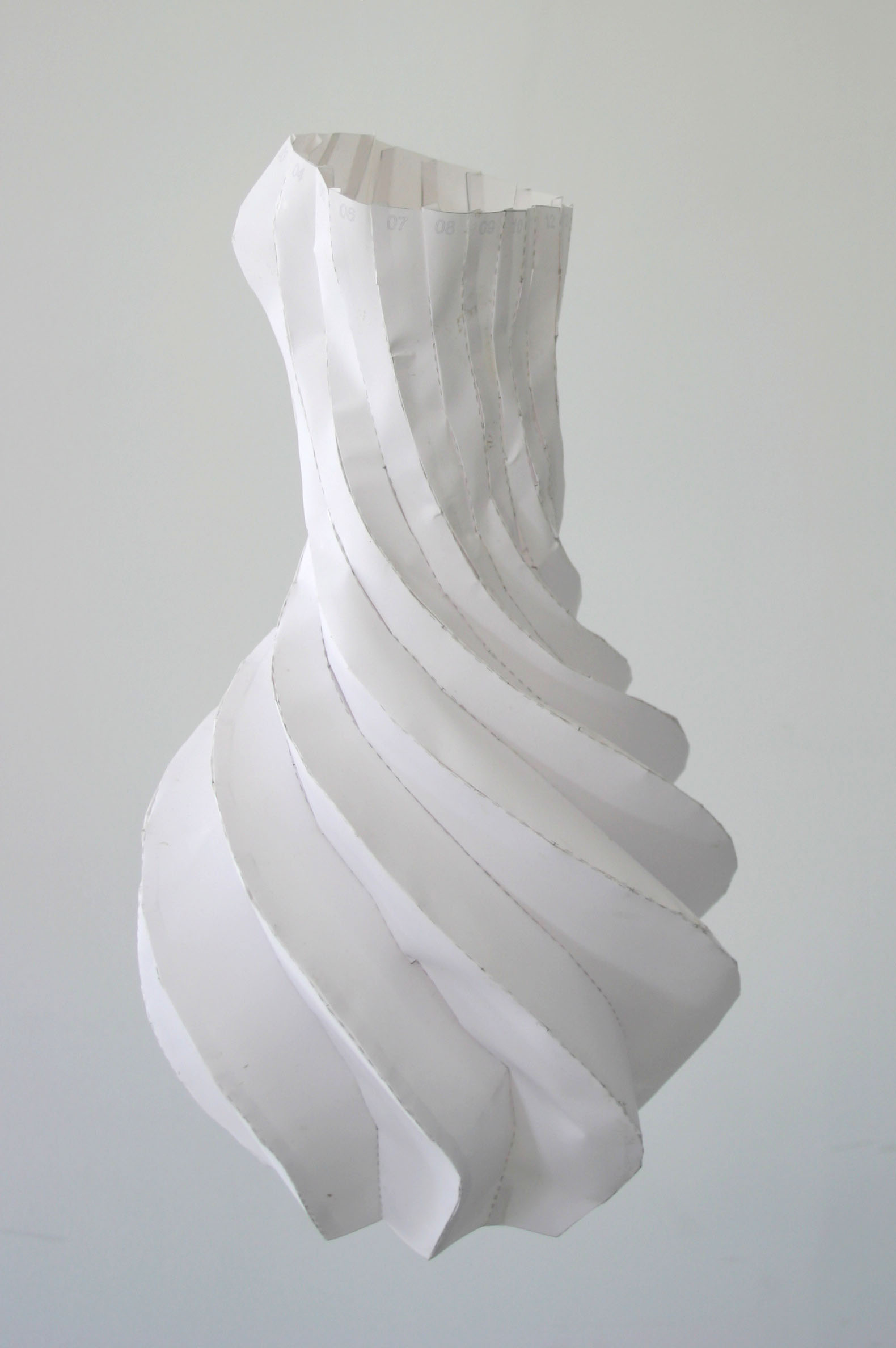For the architect, the digital era has transformed the process of design and fabrication, fueling the fire of rebellion against the standardized construction unit. Today, the architect dreams of efficient transformations, parametric constraints, and developable surfaces… borrowing, oftentimes recklessly, sartorial techniques and language from the fashion industry – darting, draping, patterning. Why then do architect’s contemporaries in fashion design still surround themselves with dress forms and work tables? There is a clear disconnect between the methods of working and the moments of progress within the respective fields. The fashion industry still split between made to measure couture and the prêt-a porter S-M-L-XL and numerically coded standardized sizes. This architectural reference is ironically better suited for the mass customization boom. Susan Ashdown’s research at Cornel University into 3D body scanning has demonstrated that our conventional understanding of standard sizing for garments is antiquated[1]. When viewed in comparison, the architecture field and the fashion industry have become uniquely successful at processes the alternate field struggles to get right. This synergy is seemingly apparent and useful; however, little interaction occurs at the pedagogical level beyond superficial discussions and conceptual leaps. As Architects take this opportunity to reflect on how the digital process has affected their practice, we have the oportunity to engage a similar process that has yet to take the digital leap.
Charged with the task of designing, developing, and constructing a digitally drawn dress, this comparative process serves as a catalyst to rarify architectures contribution in the digital era. By selecting the “strapless dress” typology we are able to engage two opposing forces at once -- fit and volume. A set of five measurements are first drawn from the client and translated into digital curves. These curves generate the surface of the body, defining the irreducible measurements required for the dress to function. While these steps could be considered automated with a digital body scanner, the act of taking key measurements, either from a digital scan or a physical person, has proved to be an important engagement with the history of garment fabrication. This next step, while digital, is anything but automated. Provided with the avatar, the designer models a silhouette surface and constructs a system, decomposing the compounded surface into developable surfaces by extracting the seam locations. In this digital world, seams need not fall in conventional locations or trace the dress form. These darts, seams, and folds are capable of manifesting any design as long as the geometric principles at play are in tact. When these surfaces unroll into their 2d profiles they maintain their potential energy to re-manifest themselves in the 3d physical form once sewn back in place. As opposed to simply triangulating a body scan, this process embraces a reciprocity between drawing and construction and by doing so pushes processes beyond the sequences found in the divided fields of architecture and fashion.
[1] Susan Ashdown, Ready-to-Wear, http://bodyscan.human.cornell.edu/scenefa6b.html (April 2009)

